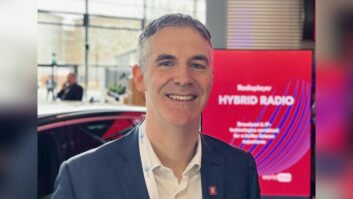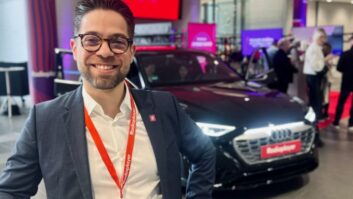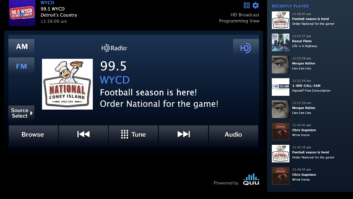The Broadcast Engineering & IT Conference starts on the NAB Show’s Saturday morning at 10 and concludes on Tuesday afternoon. Sessions will be held for the first time in the West Hall, which show organizers have named the Broadcast District this year.
A Sunday session will explore “Broadcasters and Hybrid Radio,” and another will look at the results of testing that support the NAB/Xperi petition asking the FCC to allow higher HD Radio power levels.
David Layer, vice president, advanced engineering for NAB, is involved in both sessions, and we asked him about them.
Radio World: You’ll moderate the session about hybrid radio, which is subtitled “It’s All About the Metadata.” What can we expect?
David Layer: I am very excited about this session as it represents the culmination of a project conducted by the North American Broadcasters Association Radio Committee, or NABA-RC, where I serve as vice-chair.
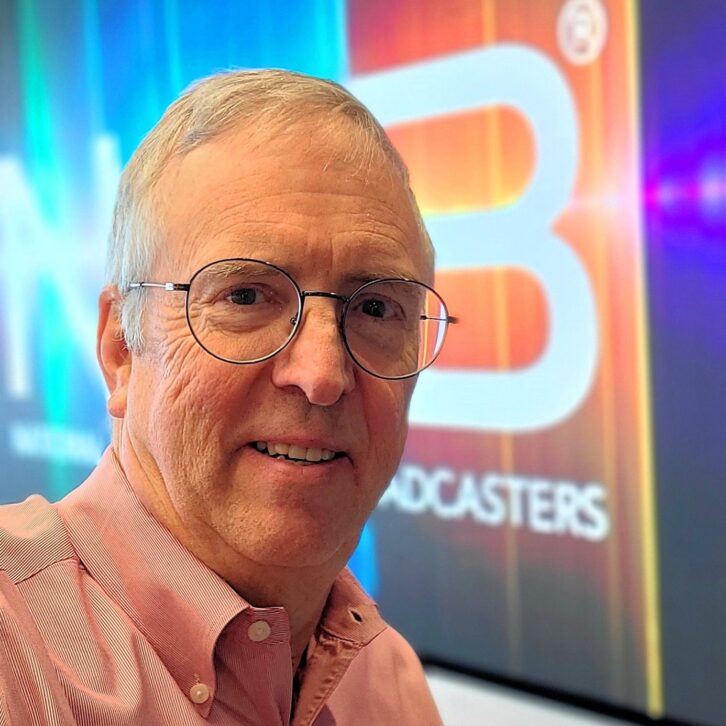
NABA is producing this session and the purpose is to introduce the “NABA Insights on Hybrid Radio and Metadata for Broadcasters” document.
Jeff Detweiler, senior director, broadcast technology with Xperi, served as lead on this project and he will kick things off, followed by a discussion of this important topic between Jeff; Nick Piggott, project director with RadioDNS; Laura Ivey, director of research with Edison Research; and myself.
I expect this discussion to focus on how broadcasters should be satisfying the need for providing good metadata to today’s modern radio receivers, as well as on some revealing and relevant consumer data from Edison Research.
RW: How will it differ from the previously released “In-Car User Experience” guidelines?
Layer: The NABA In-car User Experience Guideline, released in January 2022, was a North American version of a document produced by the WorldDAB Automotive committee.
These guidelines were created primarily to inform automakers about how to deliver the best possible radio experience from the dashboard and were based largely on the results of consumer research. They were also informative for broadcasters as they indicate the kinds of experiences automakers were being asked to support, which speaks to the important features that broadcasters should be supporting as well.
The latest NABA document on hybrid radio and metadata, the focus of the Sunday NABA panel at the show, provides more detailed information for broadcasters on the hybrid radio landscape, the features that broadcasters need to be supporting, and how that might be accomplished.
[For More News on the NAB Show See Our NAB Show News Page]
RW: The hybrid radio system most familiar to U.S. readers will be DTS AutoStage, which for many people is still a new concept. What other platforms should they be aware of?
Layer: The first hybrid radio platform available in the U.S. came from Audi in 2020, and supports enhanced station lists and “service following,” whereby a station’s over-the-air signal is replaced by a streaming audio version of the signal as the vehicle leaves a station’s OTA coverage area. Stations need to make use of RadioDNS service information (SI) files to support these features.
DTS AutoStage arrived in the U.S. in 2021 in Mercedes S-Class luxury vehicles, and in 2022 in a number of Hyundai, Kia and Genesis models. Broadcasters can best support the hybrid radio features of the DTS AutoStage vehicles by signing up with Xperi to directly interface with the AutoStage system.
Some BMW vehicles also have a limited hybrid functionality, also supported by broadcasters with RadioDNS SI files.
Xperi has said that more automakers will be announcing support for the DTS AutoStage platform in 2023 and we are all eagerly awaiting those announcements.
RW: You also will give a presentation on a high-power digital FM field test project. Can you give us a summary of the findings?
Layer: NAB, with Xperi, jointly filed a petition with the FCC in October 2022, requesting a relaxation of the rules pertaining to allowable digital signal power for FM-band digital radio stations.
The proposal made in this petition was a result of extensive engineering work done by NAB, iHeartMedia, Audacy, Xperi and others to analyze the performance of FM-band HD Radio stations and determine the amount of objectionable interference actually experienced by first-adjacent-channel stations as a result of digital transmissions.
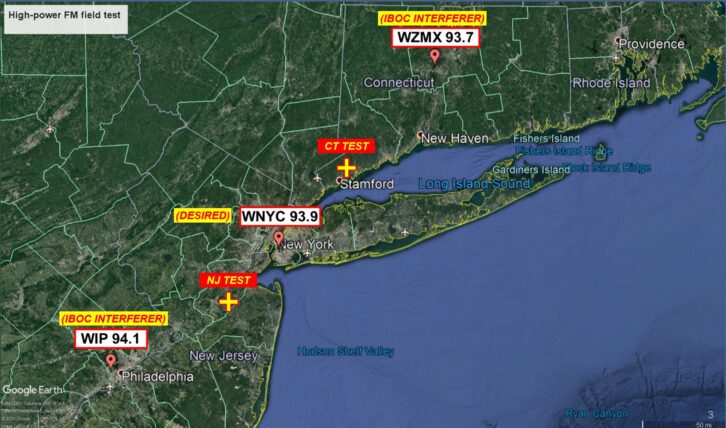
Based on this analysis, a proposed modification to the FCC’s formula for allowing stations to operate up to power levels of –10 dBc was formulated, and in March 2021, some field tests were conducted to demonstrate the efficacy of the proposed formula.
Our findings both confirmed that the FCC’s current formula is too conservative and that our proposed formula would allow for increased digital signal power without creating objectionable interference.
RW: What other topics for radio do you expect will be discussed during the BEITC?
Layer: Another important presentation will be by Paul Peyla, director, systems engineering with Xperi, and Dave Kolesar, senior broadcast engineer with Hubbard Radio, on the field testing of new, advanced HD Radio FM service modes. I was fortunate to be able to go on a ride-along for one night of their testing and observe the great work being done by Xperi, not to mention the significant support they received from Hubbard that allowed Xperi to conduct these tests. Paul and Dave’s presentation and accompanying paper in the conference proceedings will provide an understandable and insightful discussion of the capabilities offered by these modes and how they were tested.
And I want to remind all those attending the show to be sure to attend the annual Amateur Radio Operator’s Reception, this year being held on Tuesday, April 18 in Room W317–319 of the Las Vegas Convention Center and sponsored again by our friends at Turner Engineering. The highlight of this event is the door prize giveaway; last year we gave away over $15,000 in prizes.
While the focus is on Ham radio, everyone is welcome to attend, and a number of prizes are of general interest — like Radio World T-shirts!
